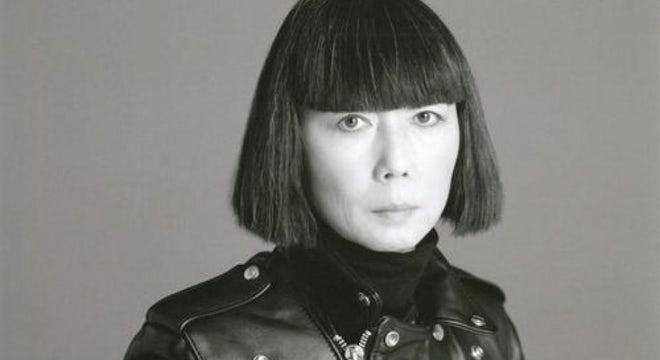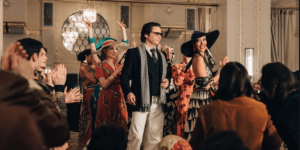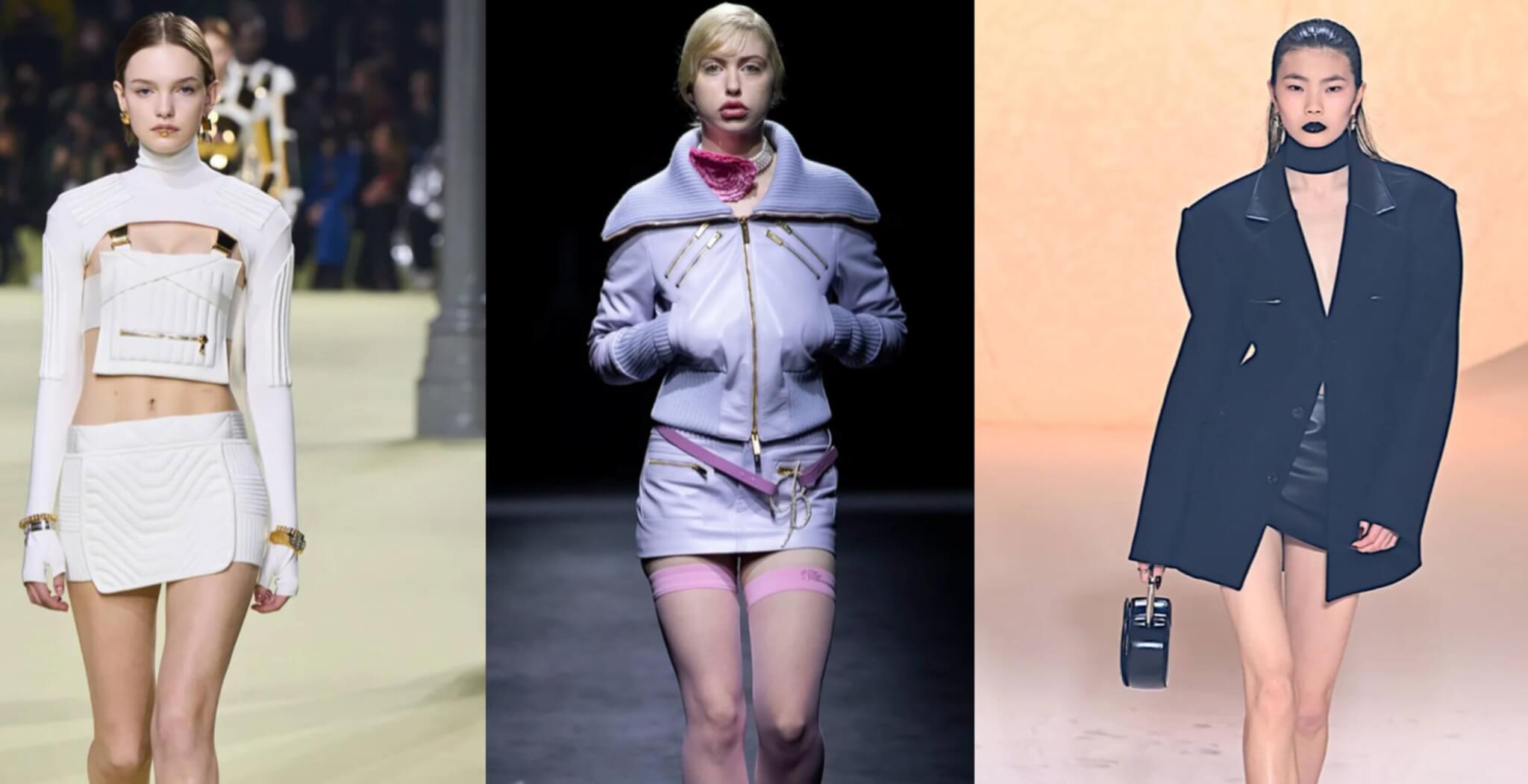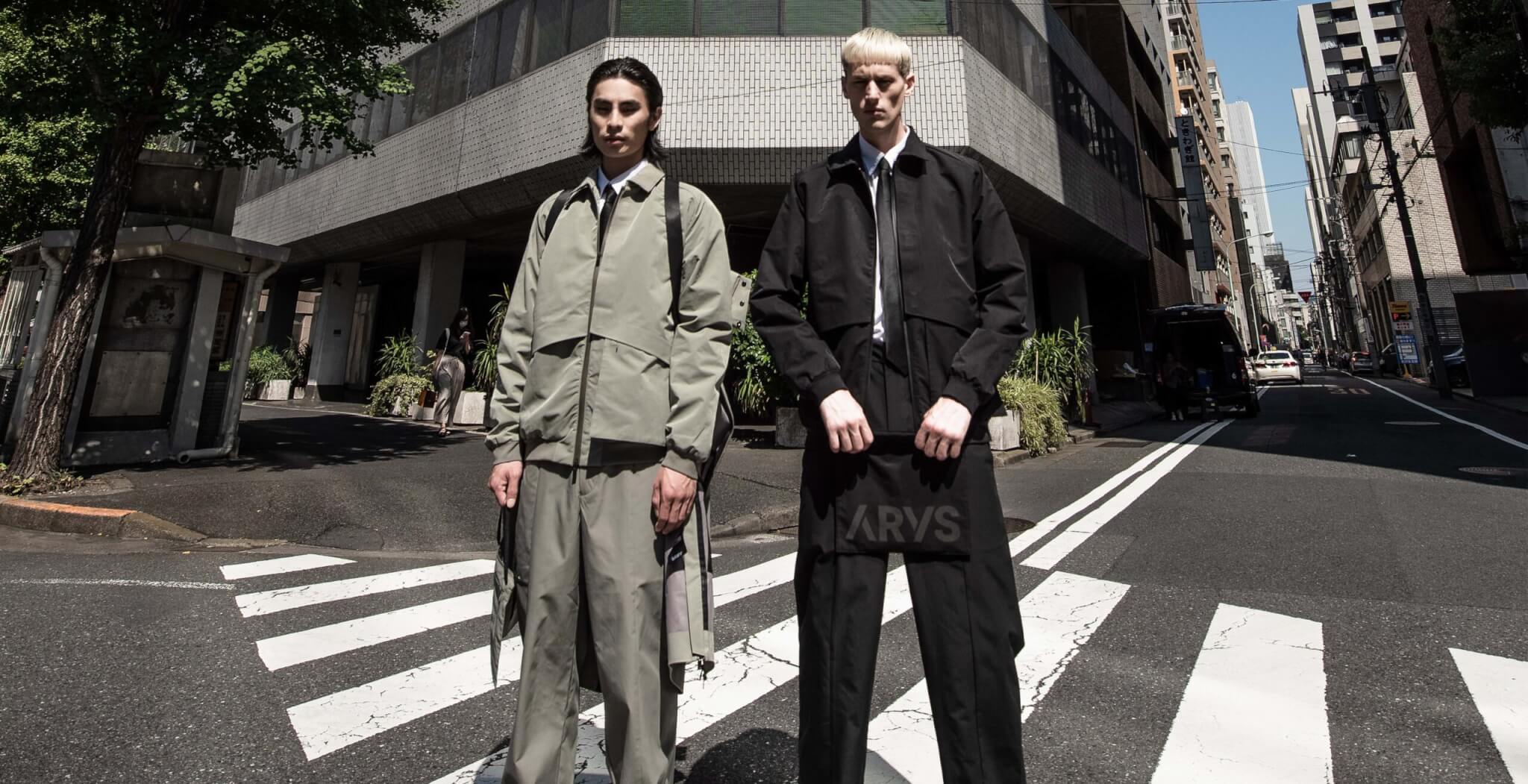The success of artists such as Lizzo shows us that topics like bodypositivity and the reputation of being different and being yourself, of the media and brands are preempted. Anyone who honestly follows and supports these views, is hard to tell apart in the age of the Internet, since criticism and shitstorm hardly have any lifespan with our fast consumption. Different silhouettes, some of which are far from tweaking, are becoming the biggest trend pieces. Baggy pants, oversized, „the pieces have to fall loosely over your shoulders and not just fit“.
These views are now being pursued not only by some niche designers, but are slowly moving across the main market. Of course, the influence flows over the highly successful hip-hop industry. However, these were not the first to try to change the beauty standard in the fashion world and to take on different perspectives…
Rei Kawakubo, back then active as a stylist, led the company in 1969 as K.K. Comme des Garçons, founded in Minato Tokyo.
The French term comme des garçons means “like boys”. Although the name suggests that men’s and boys’ fashion is produced, the men’s collection was introduced after women’s fashion in 1978. To this day, the use of French expressions in fashion is popular in Japan as same as the popularity of French kitchen and architecture, although it is speculated that Kawakubo chose the name for the desired androgyny of their designs and borrowed the song `Tous les garçons et les filles`from Françoise Hardy in 1962.
In 1981, Comme des Garçons debuted in Paris followed by a boutique in the city the same year. Rei Kawakubo published the magazine “Six” twice a year for several years after launching 1988 . It mainly contained photos and pictures. In 1994, the first perfume was released in collaboration with the Spanish Puig Group, so far more than 40 fragrances have been created.
The company makes almost no advertising except for a few fancy print campaigns. One of their known faces was singer Björk who already was working as a model for “Comme des Garçons”.
The first prêt-à-porter collections shown in Paris were a scandal and attracted a great deal of media attention. Critics described the collections as “postatomic shred look”, “Hiroshima chic” and “Quasimodo style”. She would show a so-called “Aesthetics of Poverty”: holes strewn with holes that looked like moth-eaten, shapeless habit, held by ropes instead of belts, skirts of ragged strips of fabric, and ruffled hair on models.
The radically perceived collections were painted in dark colors. In contrast to Western fashion, Comme des Garçons broke away from the female silhouette and brought entirely new forms into fashion, thus contradicting the prevailing ideal of beauty in 1981 and exposing the image of the woman created by society as artificial. The innovative ideas of Rei Kawakubo decisively influenced the style of fashion of the 1980s, and despite all the criticism, some of the stylistic devices used in the following seasons have been reinterpreted by other designers plenty times.
For SS1997, dresses were shown, which were padded so strong that gave rise to bulges and humps. She wanted to explore volume and space. With the protuberances on the back parts, the unit of the wearer should be symbolized with the load of everyday life, for example, a backpack or other not so fashion but this time practice Items. Waddings on the sleeves should simulate the typical posture of mobile phone wearers, to criticize society and raise awareness. For A/W12 Kawakubo showed a collection of flat, flat two-dimensional dresses, which should be something new with something simple. For example, critics interpreted these designs as satire on the increasingly flattening Internet society.
It is also known that Kawakubo could’ve reached a financial success, such as Gucci by creating more pieces that would be more marketable and commercially accepted. However, she endured herself and described all her collections as bad or flawed, if they were immediately understood by the consumer. Still collaborations with brands like H&M in 2008 and Converse 2015 show, that CDG is also marketable not only to the niche consumer.
Rei addresses her collections as an homage to the society until today, to raise awareness and make the consumer think out of the box.Not only when it comes to bodyhsapes and silhouettes, also topics that are not trendy in the marketing world yet.
We’re excited !



























